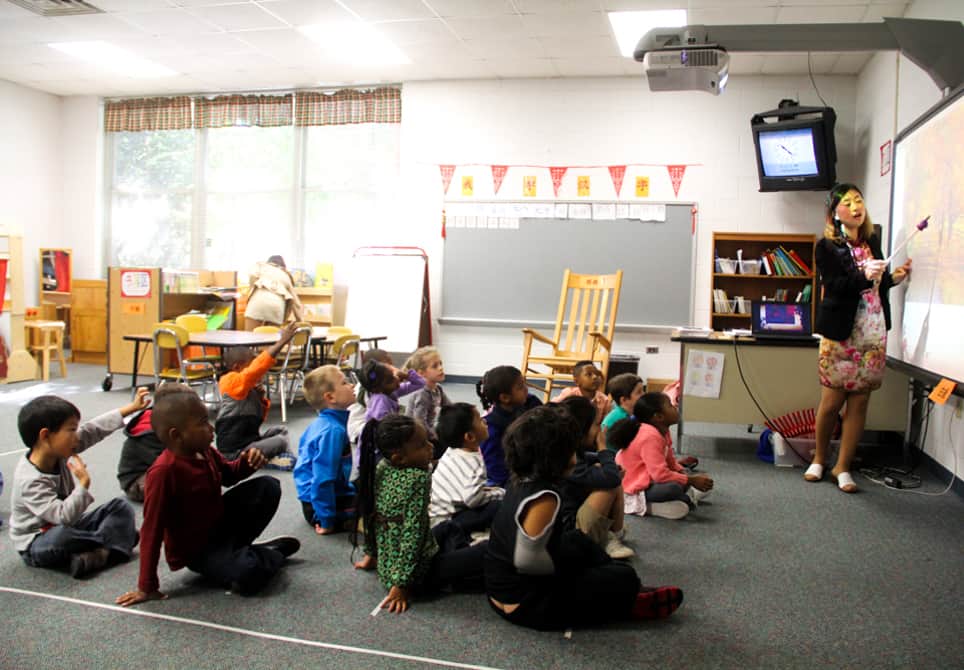How to Create a New Culture of Learning

By Julie Keane, Director of Research and Evaluation VIF International Education
What is needed is a system that can recognize and celebrate the professional experiences and aspirations of all educators.
In 2012, Digital Media and Learning Competition: Badges for Lifelong Learning supported the development of “digital tools that identified the rich array of skills, knowledge, accomplishments and competencies for twenty-first century learners.”
Open digital badging systems were built upon existing traditions from gaming platforms and informal learning organizations that had figured out how to empower their users, enable them to demonstrate their own learning and build reputations within those systems based on their expertise.
The competition acknowledged that it is essential to build a systemic, open and connected approach to empower the learner to pursue their own learning based on their needs and professional and educational contexts. Most importantly, open badge systems are built on the premise that learning happens everywhere — in classrooms, at home, at museums and libraries or on street corners. Therefore, the challenge is creating an alternative credentialing system that is built from both the bottom-up and the top-down.
Essentially, collaborative learning environments and micro-credentials support educators by allowing them to:
- Take ownership of their learning.
- Gain recognition for their accomplishments.
- Put learning into practice.
- Be confident knowing they have the freedom to fail.
The connected learning movement is built from a century of understanding that learning never occurs in one place, in isolation or divorced from context and community. We need educators to have access to meaningful learning opportunities, be able to demonstrate their expertise and for their educational systems to acknowledge and create professional pathways that take advantage of this innovative learning. We cannot promote connected learning for students if we do not provide it for teachers.
All of the ingredients necessary to empower and inspire teachers and learners in the 21st-Century are within our grasp. Now is the time to create new recipes for professional development that can organically blend the tools, resources and ideas educators are exposed to each day into more impactful lessons and instruction. We are all collaborators in this process.
Teachers are sharing digital resources and ideas for putting them into practice through Twitter and other social networks. Administrators must recognize and incorporate the flexible learning teachers are doing on their own into formal professional development programs.
The challenge and opportunity for administrators is to harness this passion for continual and perpetual learning in a way that complements, reinvigorates and expands existing professional development programs. This should be predicated on an alternative credentialing system that incorporates and builds upon input from teachers and administrators.
The success of virtually every educator and school today is measured by how well students grasp skills and ideas required to succeed in the 21st century, yet we are asking teachers to adhere to dated professional development models. Design-based research methodologies can provide the framework to ensure that self- and interest- driven PD is integrated more systematically to create a connected learning environment for all teachers.
Teachers are recognizing this movement and discovering ways to empower their professional development. Now is the time to embrace collaborative professional learning that supports where teachers are going, rather than PD that lingers in places where they no longer want to be.
This post is part of a blog series titled “Professional Development: Learning Through Collaboration” produced in partnership with VIF International Education (@vifglobaled). Join the conversation on Twitter using #collaborativePD. For more, check out Professional Development: Learning Through Collaboration and see:
- Modeling Mistakes and Creating Trust in the Classroom
- Recognizing Remarkable Teacher Accomplishments
- Putting Empowerment into Practice
- When Professional Development is Just an Experience
- Giving Teachers The Freedom To Fail
- What Does Effective Educator PD Look Like?
- 8 New Ingredients for Innovative Professional Development
- A New Model for Professional Development
Julie Keane is Director of Research and Evaluation at VIF International Education. Follow her on Twitter: @juliekeane
Stay in-the-know with all things EdTech and innovations in learning by signing up to receive the weekly Smart Update. This post includes mentions of a Getting Smart partner. For a full list of partners, affiliate organizations and all other disclosures please see our Partner page.



Erwin S. Sanchez
it is nice to use the modern technology for the betterment of learning of the students... using the multimedia and hands on learning, the students will learn faster. i personally use the multimedia to teach science in my class.